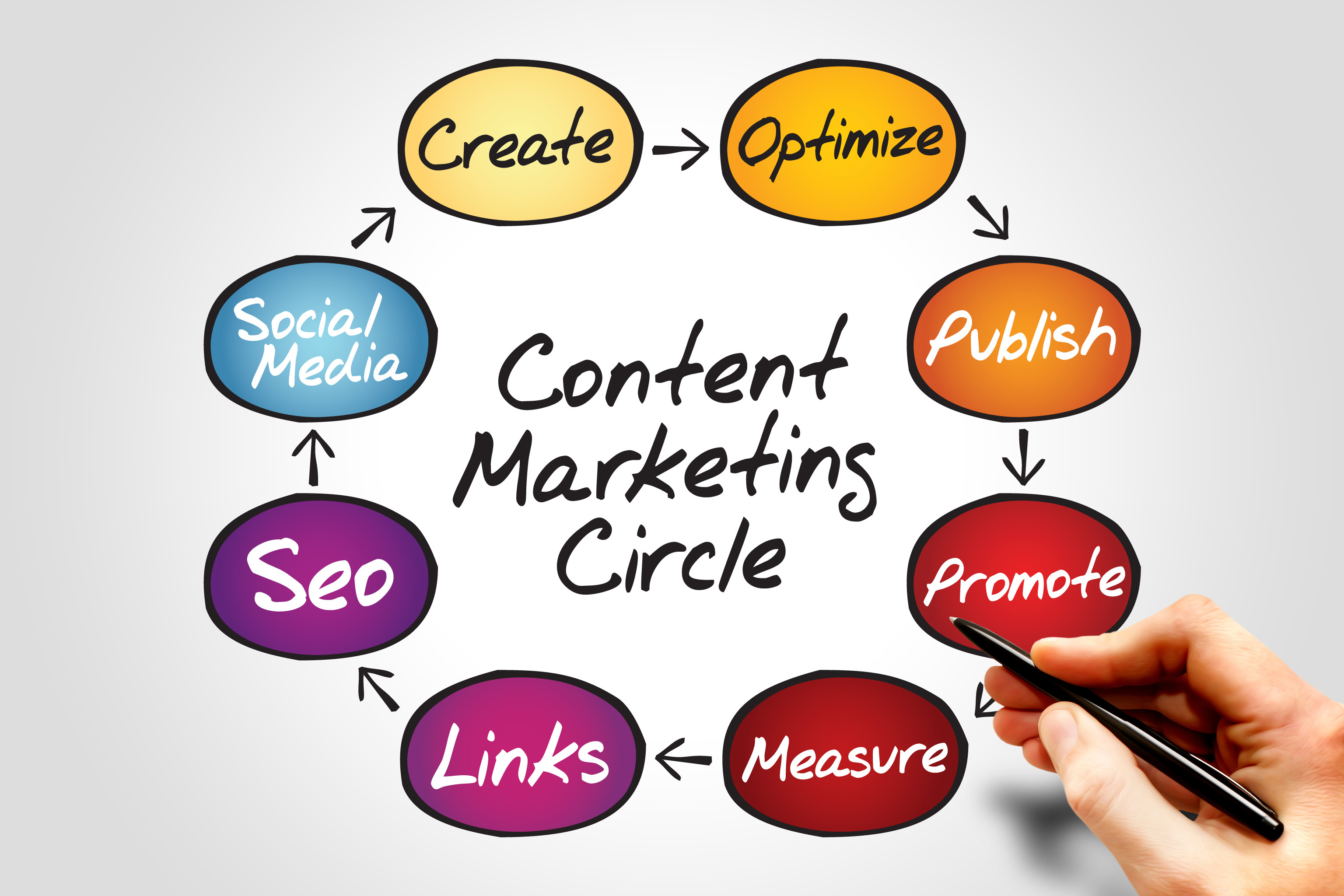
Marketing teams use attribution for answering questions regarding media spend and digital campaigns. Account-based attribution is used by operations for businesses with longer sales cycles. Product managers use attribution to fine-tune digital products. Marketing and operations use attribution for product development, including the optimization of media spend. Here are some examples of common uses for attribute. These are described in this article. Your marketing department's goals will dictate the type of attribution model you choose.
Singular blends web attribution with mobile.
With Singular, you can get a complete picture of your marketing ROI. You can track and measure user behavior across all marketing channels, including web, mobile, and even the entire funnel. You can also use Singular to protect yourself from fraud by only monitoring one managed pipeline. You can identify fraudulent publishers with its advanced fraud prevention and heuristic rules. Singular lets you track each step of your customer's journey and helps to prevent fraud.

Singular gathers data from its SDKs and in-app SDKs as well as 2000 API connectors. It can then break down customer journeys by publisher, creative, or campaign. Singular claims that its attribution is 95% deterministic and the remaining 5% probabilistic. Singular's customer journey is complex and often unpredictable. Therefore, its attribution methodology is deterministic. It combines data from both web and mobile.
Attribution model based on time-decay
The time-decay credit attribution model credits the closest interaction with a conversion. Conversely, interactions further away earn less credit. Time decay is an effective way to determine the importance individual interactions. Online business success is dependent on digital analytics. In fact, digital analytics is the number-one reason most marketers are unable to scale their advertising budgets or increase sales. While digital analytics is critical for understanding attribution, it's often overlooked.
Time-decay's attribution model allocates credit to all marketing touchpoints. Credit is given to touchpoints closer to conversions. The 10% credit for the first touchpoint is only 10%. However, 30% to 40% of the total credit goes to the third or fourth touchpoints. This model is based on the idea that as the customer nears the final touchpoint, their drive towards purchasing builds momentum. The final interaction with the customer is when the customer makes their decision.
External attribution

External Attribution is when events are attributed to factors outside our control. It can also be called social attribution, external locus or control. You are more likely to attribute failure or success to someone or something outside your control. External attribution can occur in many situations. External attribution can be very dangerous. It is crucial to be able to tell the difference between a situation, and an event in order to avoid falling for it.
A person's internal attributions include a person's personality characteristics, while an external attribution focuses on situational factors. An example of an internal attribution is when someone aced a test, while an external attribution might be that they got extra help or the test was too easy. To understand why attribution happens in everyday life, you need to understand that we assign different meanings to different events and circumstances.
FAQ
What is strategic copy marketing?
Content marketing refers to the art of creating quality content that can be shared across all channels. It's all about giving people what they want. This understanding is key to the success of any company.
Strategic Content Marketing gives you the ability to provide exactly what your clients need at precisely the right time.
To understand people's interests and their thinking, you must first get to know them. Then, create high-quality content to answer their questions and solve their problems. This builds loyalty and trust. It also ensures you are available to them when they have a need for your product or services.
How long will it take for content marketing to be started?
It depends on the size and scope of your business. Smaller companies usually don't have enough resources to invest in content marketing immediately. It can be a great investment if you are willing to invest some time.
Can I do my content marketing by myself or with a team?
It all depends on your skills and experience, as well as your budget. You may need to learn how you can do the job yourself if you don’t want to hire someone.
If you genuinely want to be successful with content marketing, you shouldn't try to do it without some support structure.
An excellent content strategist or agency will help you save time and money, while delivering results quicker.
You won't succeed unless you work hard, consistently deliver high-quality content and keep up with changing trends. A solid content strategy is crucial.
How can Content Marketing Strategy help you?
A Content Marketing Strategy gives you access to data you wouldn't otherwise have. This data allows you to measure which types of content perform better than others.
It helps you identify the strategies you should use to drive more traffic to your site. It can also give you insights into the behaviour of your audience, so that you can produce even better content.
This allows you to focus on the good content and less worrying about whether it works.
You can also use a Content Marketing Strategy to determine which messages are most popular with your audience.
These messages can be used to help you identify the content that they are most interested in. So that you can continue creating similar content and keeping those ideas in motion.
Finally, a Content Marketing Strategy helps you track your content's performance. You will see which content types are performing better as you share more.
In short, a Content Marketing Strategy is the key to ensuring your content performs as intended.
Is content marketing simple to measure?
Yes! You can measure the results. It helps you determine whether your efforts were successful and whether you need to make changes.
You can track visitors coming from many sources (email, social media and paid advertising) and track conversions like sales leads, purchases, and organic searches.
These metrics tell you which parts of your content are performing well and where you have the greatest potential.
Statistics
- This marketing strategy landed Ford a 15.4% conversion rate. (neilpatel.com)
- Forty-seven percent of buyers view 3 to 5 pieces of content before engaging with a sales representative. (mailchimp.com)
- Seventy-two percent business to business (B2B) (mailchimp.com)
- An example of an overarching goal could be: "In 2022, we want to achieve a 20% increase in revenue created by organic content and generate 15,000 MQLs with a budget of $30,000." (semrush.com)
- To further show the importance of this, 89% of people have stopped doing business with a company because of a poor experience. (neilpatel.com)
- Companies that use content marketing see approximately 30% higher growth rates than businesses not using it. (mailchimp.com)
- Out of the 1,500 marketers we surveyed for our State of Content Marketing report, 78% who felt their content marketing strategy was exceptionally effective in 2021 had documented their strategy. (semrush.com)
- We found that 40% of businesses don't have a documented strategy yet. (semrush.com)
External Links
How To
How to make a video for content-marketing?
The best way to communicate with your audience is through content marketing videos. You can connect with your audience by sharing stories that they are interested in. But how do you make them stand out from the rest? Here are some suggestions for making videos that are noticed.
-
When creating a video, it's important to realize that no one size fits all. You need to make sure your video speaks directly to your audience. If the message you are trying to communicate isn't applicable to everyone, why would they watch it?
-
Choose the best platform for you. YouTube, Vimeo. Periscope. Instagram. Snapchat. Each platform offers different features and benefits. By choosing wisely you can save money while increasing engagement.
-
Don't forget to include subtitles when filming! This helps people to understand your language barriers, and makes your videos more easily understood.
-
Also, before you begin, think about these three questions: Whom am I talking to? What are my motivations for making this video. And what does my video mean to me? When you answer those questions, it will make creating videos so much easier!